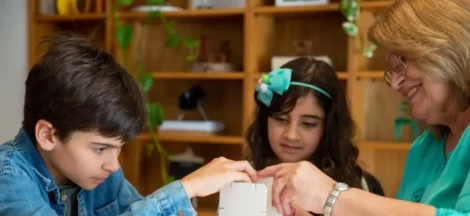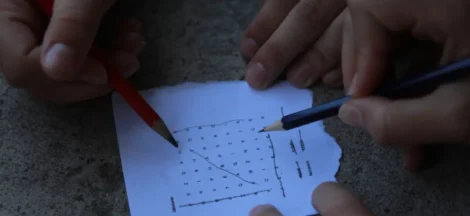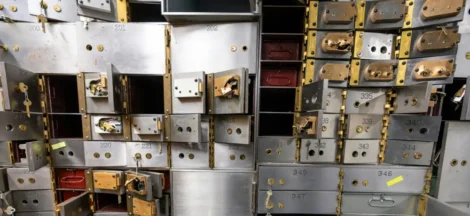A flipped classroom is a merge learning where students are introduced to the topics and contents online sitting at home, and the practice and working of the topics are done at school. This is the total opposite of the more common practice of introducing new content at school, and then the practicing is done by students at home independently. In this modern type of learning face to face, interaction is blended with online learning as well. Students of the flipped classroom are shown prerecorded videos of the topics at home via online sources then come to school to do the work of that topic with different questions in their minds regarding the topics. The flipped classroom concept was first introduced by two high school teachers in Colorado named Jonathan Bergmann and Aaron Sams. They both are the pioneers of flipped classrooms; they discovered a software tool that helped them to record and narrate PowerPoint presentations. Learn about Online Madrasa for kids.
THE FOUR BASIC COMPONENTS OF F-L-I-P:
The word FLIP itself has all the pillars on which the base of the flipped classroom is made.
FLEXIBLE ENVIRONMENT:
In flipped classrooms systems, students are taught new topics at home through online sessions, so they have a much more flexible environment than schools. The students sitting in their comfort zones in their homes can study different subjects, unlike the traditional school system, they can study according to their time and feasibility.
LEARNING CULTURE:
The students follow a different way of learning in this system. Through online sessions and videos, they are given various options to study, and they can gather information about a specific topic from different sources independently. When they have any questions, they can take help or guidance from the teachers. This is opposite from the traditional schooling system. Get the idea from Online Quran classes for kids.
INTENTIONAL CONTENT:
Well researched content plays a vital role in flipped classrooms as students’ study more outside the classroom; the content plays a central role rather than the supporting role. The educators increase the classroom time by using intentional content according to the grades level
PROFESSIONAL EDUCATORS:
The flipped model requires educators or teachers to monitor their students constantly so that they can help students whenever needed. Instructors should be responsible and more professional. Even though the instructors are less visible physically, they should give their best to nurture students in flipped classroom system.
PROS OF FLIPPED CLASSROOMS:
Flipped classrooms promote an individual learning system. The students have more control over the learning process. They can use the recorded lectures for preparation for tests and exams; they can watch the videos as many times as they want to understand the topic. The parents have more access, and they can easily keep an eye on their children’s studies. The student indulges more in group activities and collaborates more to complete the subject activities. Students can easily catch up on missed topics, and absence is not ab big problem in flipped classroom models. They can rewatch the recorded sessions and videos of missed topics and subjects. They have access to different sources, which help them in understanding the subject more clearly.
CONS OF FLIPPED CLASSROOMS:
The flipped classroom system relies most on technology, so if a student does not have proper access or is least interested in media and technology, then this way of learning would not work for him, which can affect their studies and the increase in screen time is also a significant drawback of this system. The time and effort required from teachers are also high as they have to be on their toes and be available for children, primarily for solving their problems. They have to do more research and prepare different materials for online learning, which is quite a difficult task. If a student does not attend online classes, it can affect their progress as they won’t be able to understand the topics and contents. Some students also face difficulty taking online as the environment of every home is different.
CONCLUSION:
The flipped classroom system encourages students’ participation and helps them in independent learning, but some problems should be solved. Many countries are using this teaching method, while some are still following the traditional method. The students generally like the flipped classroom method. Most students feel they understand class content much better in a flipped classroom. They also like the increased interaction with their teachers in flipped classrooms.





 5 Reasons Cloud Desktops Are the New Trend
5 Reasons Cloud Desktops Are the New Trend